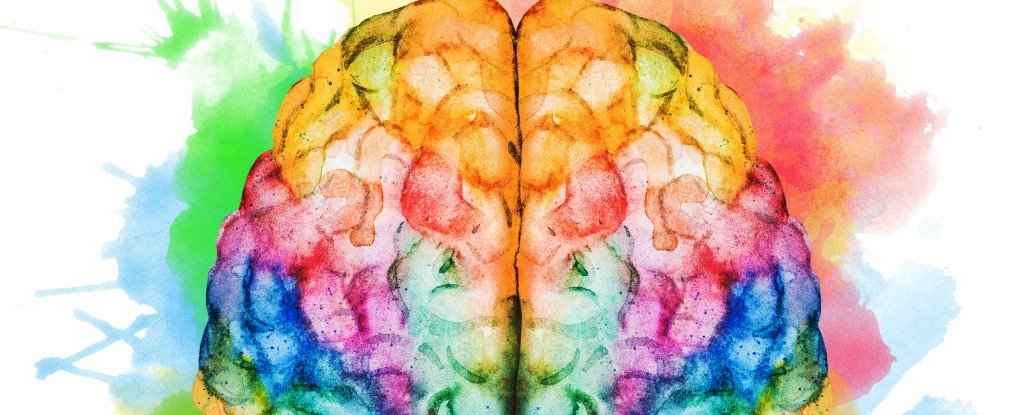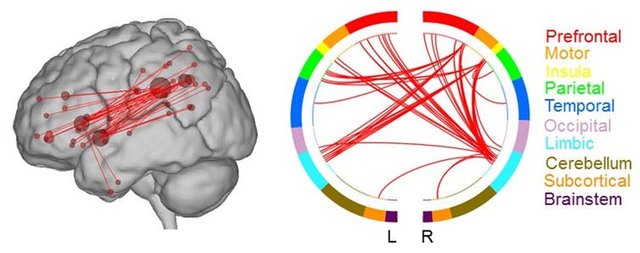
Mapping the innovative system in the cerebrum.
Innovativeness is regularly characterized as the capacity to concoct new and valuable thoughts. Like insight, it can be viewed as an attribute that everybody – not simply inventive "masters" like Picasso and Steve Jobs – has in some limit.
It's not only your capacity to draw a photo or outline an item. We as a whole need to think innovatively in our every day lives, regardless of whether it's making sense of how to make supper utilizing remains or designing a Halloween ensemble out of garments in your storage room.
Innovative errands go from what specialists call "little-c" imagination – making a site, making a birthday present or thinking of a clever joke – to "Huge C" innovativeness: composing a discourse, creating a sonnet or planning a logical test.
Brain science and neuroscience specialists have begun to recognize thinking procedures and mind areas required with innovativeness.
Late confirmation proposes that innovativeness includes a mind boggling interaction amongst unconstrained and controlled reasoning – the capacity to both unexpectedly conceptualize thoughts and intentionally assess them to decide if they'll really work.
Regardless of this advance, the response to one inquiry has remained especially slippery: What makes a few people more innovative than others?
In another investigation, my associates and I analyzed whether a man's inventive reasoning capacity can be clarified, to a limited extent, by an association between three cerebrum systems.
Mapping the cerebrum amid inventive reasoning
In the investigation, we had 163 members finish a great trial of "disparate reasoning" called the other uses assignment, which solicits individuals to think from new and strange utilizations for objects.
As they finished the test, they experienced fMRI filters, which measures blood stream to parts of the mind.
The assignment evaluates individuals' capacity to separate from the normal employments of a protest. For instance, in the investigation, we demonstrated members distinctive protests on a screen, for example, a gum wrapper or a sock, and requested to think of imaginative approaches to utilize them.
A few thoughts were more innovative than others. For the sock, one member recommended utilizing it to warm your feet – the basic use for a sock – while another member proposed utilizing it as a water filtration framework.
Critically, we found that individuals who improved the situation on this undertaking additionally tended to report having more imaginative diversions and accomplishments, which is predictable with past investigations demonstrating that the errand measures general inventive reasoning capacity.
After members finished these innovative reasoning undertakings in the fMRI, we quantified utilitarian availability between all cerebrum locales – how much action in one area corresponded with movement in another district.
We additionally positioned their thoughts for innovation: Common uses got bring down scores (utilizing a sock to warm your feet), while extraordinary utilizations got higher scores (utilizing a sock as a water filtration framework).
At that point we associated every individual's inventiveness score with all conceivable mind associations (roughly 35,000), and evacuated associations that, as indicated by our investigation, didn't correspond with innovativeness scores.
The rest of the associations constituted a "high-imaginative" system, an arrangement of associations very applicable to producing unique thoughts.

Having characterized the system, we needed to check whether somebody with more grounded associations in this high-inventive system would score well on the undertakings.
So we quantified the quality of a man's associations in this system, and after that utilized prescient displaying to test whether we could gauge a man's imagination score.
The models uncovered a noteworthy connection between's the anticipated and watched imagination scores. As it were, we could evaluate how imaginative a man's thoughts would be founded on the quality of their associations in this system.
We additionally tried whether we could anticipate innovative reasoning capacity in three new examples of members whose cerebrum information were not utilized as a part of building the system demonstrate.
Over all examples, we found that we could foresee – though humbly – a man's innovative capacity in light of the quality of their associations in this same system.
Generally, individuals with more grounded associations thought of better thoughts.
What's going on in a 'high-inventive' system
We found that the cerebrum areas inside the "high-innovative" system had a place with three particular mind frameworks: the default, remarkable quality and official systems.
The default arrange is an arrangement of cerebrum districts that initiate when individuals are occupied with unconstrained reasoning, for example, mind-meandering, wandering off in fantasy land and envisioning.
This system may assume a key part in thought age or conceptualizing – thinking about a few conceivable answers for an issue.
The official control arrange is an arrangement of districts that actuate when individuals need to center or control their perspectives.
This system may assume a key part in thought assessment or deciding if conceptualized thoughts will really work and changing them to fit the inventive objective.
The notability arrange is an arrangement of locales that goes about as an exchanging system between the default and official systems. This system may assume a key part in rotating between thought age and thought assessment.
A fascinating component of these three systems is that they ordinarily don't get initiated in the meantime. For instance, when the official system is initiated, the default arrange is generally deactivated.
Our outcomes propose that imaginative individuals are better ready to co-enact mind organizes that as a rule work independently.
Our discoveries demonstrate that the inventive cerebrum is "wired" distinctively and that innovative individuals are better ready to draw in mind frameworks that don't commonly cooperate.
Curiously, the outcomes are steady with late fMRI investigations of expert craftsmen, including jazz performers extemporizing tunes, artists composing new lines of verse and visual specialists outlining thoughts for a book cover.
Future research is expected to decide if these systems are pliable or generally settled.
For instance, does taking attracting classes prompt more prominent availability inside these mind systems? Is it conceivable to help general imaginative reasoning capacity by adjusting system associations?
The ConversationFor now, these inquiries stay unanswered. As analysts, we simply need to connect with our own inventive systems to make sense of how to answer them.